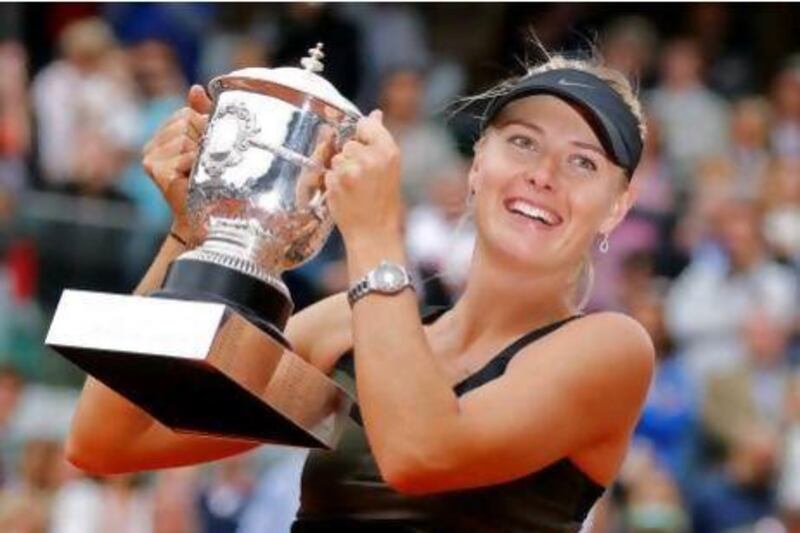Maria Sharapova is only 25, but her career has spanned at least four iterations, and this might be the most impressive yet.
In 2004, she was the 17-year-old Russian girl from Siberia, by way of the Bollettieri Academy, who caused a sensation by winning at Wimbledon. In the previous century, only Martina Hingis had been younger when she conquered Centre Court. Chapter 2 found her as a steady contender for global supremacy. She rose to No 1 in the world on four occasions from 2005 into early 2008, and won both the US Open and the Australian Open during that time.
Chapter 3 was the crash. In April of 2008 she was diagnosed with a torn rotator cuff in her shoulder and, after therapy brought no relief, she had surgery in October of that year. She was 21.
The latest version of Sharapova is the scrapper who returned, in May of 2009, ranked No 126 in the world and with a shoulder so weak she could hardly get a ball over the net.
At 22, she clearly was not the player she had been, but she was just as determined, and the victories began to come as her strength returned. The Pan Pacific late in 2009; Memphis and Strasbourg in 2010; Rome and Cincinnati in 2011; Stuttgart, Rome and Roland Garros this year.
Sharapova now wins on guile and guts as much as raw talent, and her relevance among the game's elite has never seemed more significant.
It is a tribute to a remarkable and resilient player.
poberjuerge@thenational.ae
Follow us
[ @SprtNationalUAE ]





